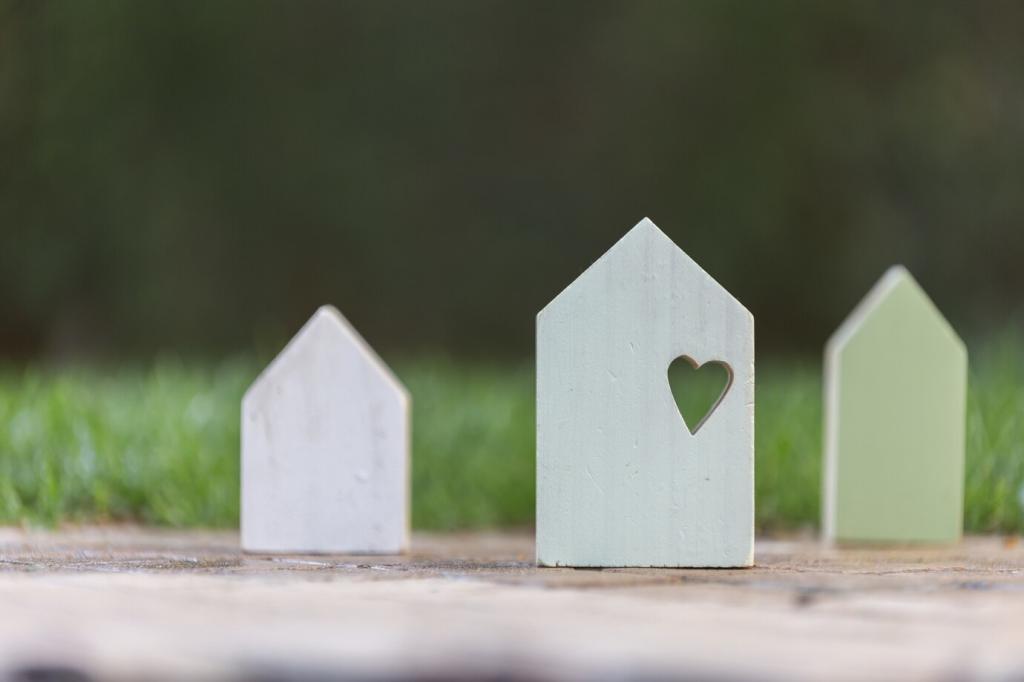Energy-Efficient Renovation Strategies
Energy-efficient renovation strategies are essential for homeowners and property developers seeking to reduce energy consumption, lower utility bills, and create more sustainable environments. By thoughtfully upgrading building systems, improving thermal performance, and integrating renewable technologies, it is possible to dramatically increase a property’s energy efficiency. Beyond just savings, these approaches often enhance comfort, indoor air quality, and property value. This guide explores key strategies for energy-efficient renovations, offering insight into their benefits and practical implementation.

High-Performance Insulation
Upgrading to high-performance insulation is one of the most effective ways to enhance a building’s energy performance. Modern insulation materials, such as spray foam, rigid foam boards, or advanced fiberglass, provide better thermal resistance and reduce heat transfer through walls, attics, and floors. Installing appropriate insulation thickness tailored to your climate zone helps keep conditioned air inside during both winter and summer. Additionally, addressing common missed areas like rim joists, crawlspaces, and basement walls maximizes overall thermal performance. Proper installation is critical to prevent gaps or compression, which can compromise insulation effectiveness.

Energy-Efficient Windows and Doors
Replacing old, single-pane windows and drafty exterior doors with high-efficiency models substantially reduces energy loss. Double or triple-glazed windows with low-emissivity (low-e) coatings reflect heat while allowing natural light to enter. Energy-efficient doors with insulated cores help create a better air and thermal seal. Proper installation is equally important, as even the most advanced windows and doors will underperform if not correctly fitted and sealed. Upgrades in these areas increase indoor comfort, minimize drafts, and contribute to quieter, more secure interiors.

Air Sealing and Draft Prevention
Air leakage accounts for a significant portion of energy loss in many buildings. Comprehensive air sealing involves identifying and sealing gaps, cracks, and penetrations in the building envelope, especially around windows, doors, plumbing, and electrical lines. Utilizing caulks, weatherstripping, and expanding foam, air sealing reduces drafts and ensures that heated or cooled air remains inside where it belongs. In addition to improving energy efficiency, air sealing can enhance indoor air quality by limiting infiltration of outdoor pollutants and allergens.
Efficient Heating, Cooling, and Ventilation Systems
High-Efficiency Furnaces and Heat Pumps
Replacing outdated heating equipment with high-efficiency furnaces or modern heat pumps can result in significant energy reductions. High-efficiency furnaces use advanced heat exchangers and variable-speed blowers to maximize heat output while using less energy. Air-source and ground-source heat pumps not only provide heating but also efficient cooling by transferring heat rather than generating it. Proper system sizing and professional installation are essential to achieve expected energy savings and long-term reliability.
Smart Thermostat Integration
Installing a smart thermostat allows homeowners to optimize heating and cooling schedules based on their habits and real-time weather conditions. These devices can learn preferences, sense occupancy, and make automatic adjustments to minimize energy waste. Remote control features enable users to manage their home’s environment from anywhere, further enhancing energy savings. Smart thermostats are often compatible with a wide range of HVAC equipment and can provide valuable insights into energy usage, helping inform future energy-saving decisions.
Balanced Ventilation and Air Quality Upgrades
Energy-efficient renovations must also consider indoor air quality. Balanced ventilation systems, such as heat recovery ventilators (HRVs) or energy recovery ventilators (ERVs), provide a continuous supply of fresh outdoor air while retaining most of the energy used to condition indoor air. This ensures effective ventilation without significant energy losses. Upgrading ventilation also allows for better control of humidity and contaminants, directly supporting occupant health and comfort in tandem with lowered energy bills.
Lighting and Appliance Upgrades
LED Lighting Solutions
Replacing incandescent or fluorescent lighting with LED fixtures drastically decreases electricity consumption and heat output. LEDs have a much longer lifespan and are available in a variety of colors and styles to suit different spaces and design preferences. With instant-on capabilities and improved dimming options, LEDs offer both functionality and efficiency. Furthermore, options like smart lighting systems allow additional control over brightness, color temperature, and scheduling, maximizing convenience and savings.
Energy Star Appliances
Selecting Energy Star-rated appliances is a reliable way to ensure efficiency in daily operations. From refrigerators and dishwashers to laundry machines and ovens, modern Energy Star models are rigorously tested to consume less power while delivering reliable performance. Many of these appliances also include advanced features such as improved insulation, variable speed motors, and load-sensing technology, all designed to further minimize energy use without compromising convenience or functionality.
Advanced Power Management
Managing plug loads and standby electricity consumption is often overlooked in renovation projects. Integrating features like smart outlets, power strips with occupancy sensors, or whole-house energy monitoring systems enables better control over how and when devices use power. Homeowners can schedule or remotely switch off high-drain electronics and minimize “vampire” loads—power consumed by devices in standby mode. Educating occupants on energy-saving behaviors, backed by real-time data from monitoring systems, reinforces long-term efficiency gains.
